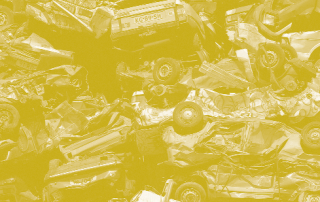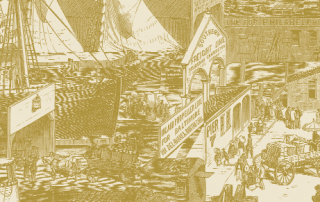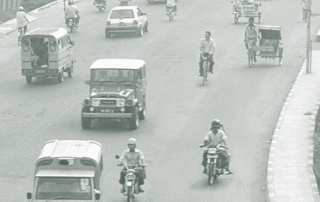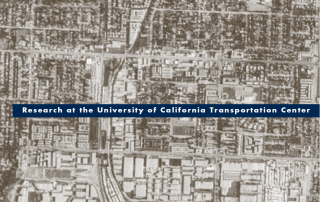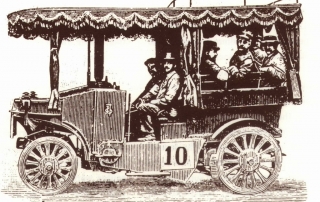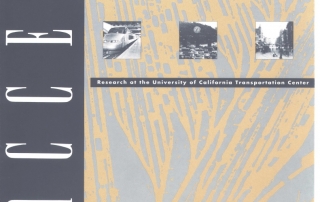Editorial: Spread-City Everywhere
Melvin M. Webber
It happened first in America, but by now spread-city is becoming the standard urban form worldwide. Ease of economic transaction and social interaction among distant partners has assured success for the new-style city, even though it diverges so far from city forms of the past.
First there was that historically extensive series of technological developments that, cumulatively, reduced the friction of geographic space: the astrolabe and compass, sailing ships, canals, telegraphs, railroads, paved roads, telephones, radios, automobiles, airplanes, the Internet. All of them connected people located in different places and, increasingly, permitted them to behave as though they were in the same place. Each technological development contributed to parallel institutional developments extending to ever-more-distant locales.

